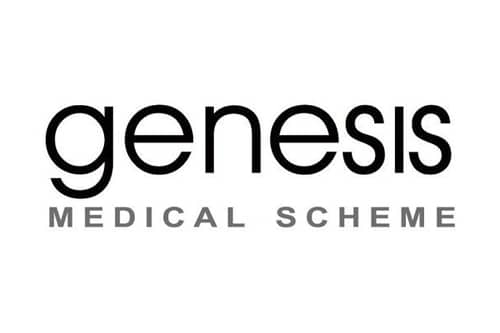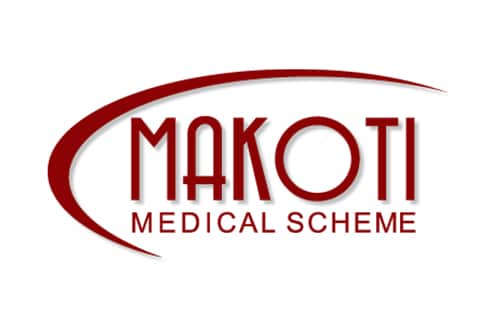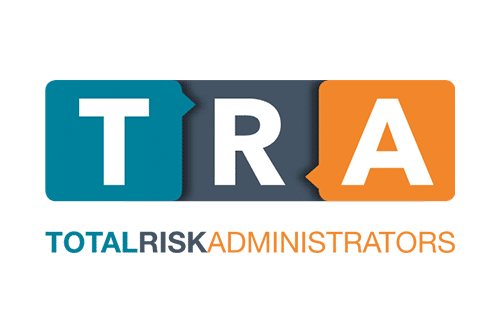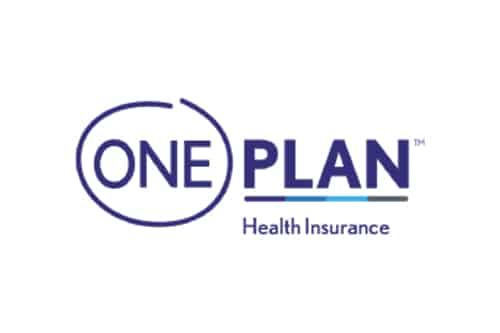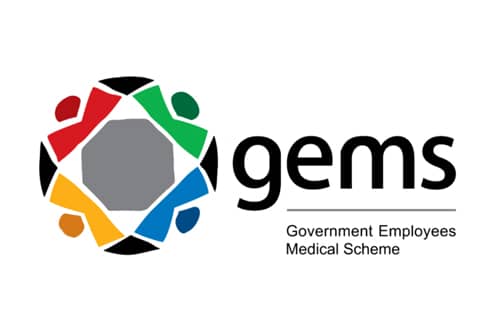Eye tests
Eye Tests: Unveiling Vision Health through Comprehensive Assessment
Eye tests, also known as eye examinations or vision tests, are essential diagnostic procedures performed by eye care professionals to evaluate the health and visual acuity of the eyes. These tests encompass a range of assessments that provide insights into refractive errors, eye diseases, and overall visual health. This comprehensive article explores the significance of eye tests, the various components of a comprehensive eye examination, their indications, benefits, potential risks, and the evolving landscape of vision assessment.
1. The Significance of Eye Tests
Eye tests are critical for maintaining optimal visual health and preventing potential eye conditions:
- Early Detection of Eye Diseases: Regular eye tests facilitate early identification of conditions like glaucoma, macular degeneration, and diabetic retinopathy.
- Accurate Prescription: Eye tests help determine refractive errors such as myopia, hyperopia, and astigmatism, ensuring accurate prescription for corrective lenses.
- Monitoring Vision Changes: Periodic tests help track changes in visual acuity over time, guiding appropriate interventions.
2. Components of a Comprehensive Eye Examination
A comprehensive eye examination typically includes the following assessments:
- Visual Acuity Test: Measures the clarity of vision, often using the Snellen chart to determine visual sharpness.
- Refraction Test: Determines refractive errors by assessing how the eye focuses light.
- Slit-Lamp Examination: Examines the anterior and posterior segments of the eye for abnormalities.
- Intraocular Pressure Measurement: Evaluates the risk of glaucoma by measuring the fluid pressure inside the eye.
- Dilation and Fundus Examination: Involves dilating the pupils to examine the retina and optic nerve for signs of disease.
- Color Vision Test: Assesses the ability to distinguish colors, which can indicate certain eye conditions.
- Visual Field Test: Detects peripheral vision abnormalities, often associated with conditions like glaucoma.
3. Indications for Eye Tests
Eye tests are indicated when:
- Routine Vision Assessment: Regular assessments are recommended for all individuals, even those without noticeable symptoms.
- Vision Changes: Individuals experiencing blurry vision, double vision, or difficulty focusing require prompt evaluation.
- Risk Factors: People with family history of eye diseases, diabetes, or other medical conditions benefit from regular tests.
4. Benefits of Regular Eye Tests
Regular eye tests offer several advantages:
- Early Intervention: Timely detection of eye conditions allows for early treatment and better outcomes.
- Accurate Prescription: Refractive errors are identified, ensuring precise correction with eyeglasses or contact lenses.
- Vision Preservation: Monitoring vision changes helps maintain overall visual health and prevent deterioration.
5. Potential Risks and Safety Measures
Eye tests are generally safe, but potential risks include:
- Pupil Dilation Effects: Temporary light sensitivity and blurred near vision following pupil dilation.
- Infection Risk: Proper hygiene and equipment sterilization minimize infection risk.
- Discomfort during Tests: Patients may experience mild discomfort during certain assessments.
6. Technological Advances
Advancements in technology enhance the accuracy and efficiency of eye tests:
- Optical Coherence Tomography (OCT): High-resolution imaging of the retina aids in diagnosing and managing retinal conditions.
- Automated Perimetry: Computerized tests evaluate visual field abnormalities with greater precision.
7. Evolving Landscape of Vision Assessment
Vision assessment continues to evolve:
- Telemedicine and Remote Monitoring: Technology enables remote assessment of certain visual parameters, expanding access to care.
- Artificial Intelligence: AI-based tools assist in early detection of eye diseases and predicting disease progression.
8. Patient Education and Follow-Up
Educating patients is vital:
- Pre-Test Preparation: Informing patients about what to expect during the examination enhances their comfort.
- Post-Test Instructions: Explaining results and recommended follow-up care ensures patient understanding.
Conclusion
Eye tests play a pivotal role in maintaining optimal visual health, detecting eye diseases, and determining accurate refractive corrections. Comprehensive eye examinations encompass various assessments that provide valuable insights into the eyes’ condition. As technology advances, the landscape of vision assessment evolves, incorporating innovations like telemedicine and AI-based tools. Regular eye tests remain a cornerstone in preserving vision, promoting early intervention, and ensuring overall eye health.
References:
- American Academy of Ophthalmology. (2021). Comprehensive Adult Medical Eye Evaluation. Preferred Practice Pattern® Guidelines.
- Chia, E. M., et al. (2005). Prevalence and Associations of Anisometropia and Aniseikonia. Investigative Ophthalmology & Visual Science, 46(7), 2434-2440.
- Khosla, P. K., et al. (2011). Role of Color Vision Analysis in Glaucoma. Oman Journal of Ophthalmology, 4(2), 70-73.
- Miller, K. M., et al. (2019). Ophthalmic Manifestations of Diabetes Mellitus. Mayo Clinic Proceedings, 94(5), 817-830.
- Verkicharla, P. K., et al. (2018). Usefulness of Automated Perimetry in Glaucoma Diagnosis. Expert Review of Ophthalmology, 13(1), 11-20.









